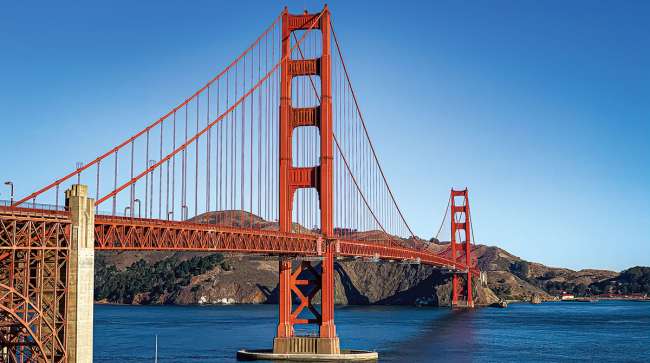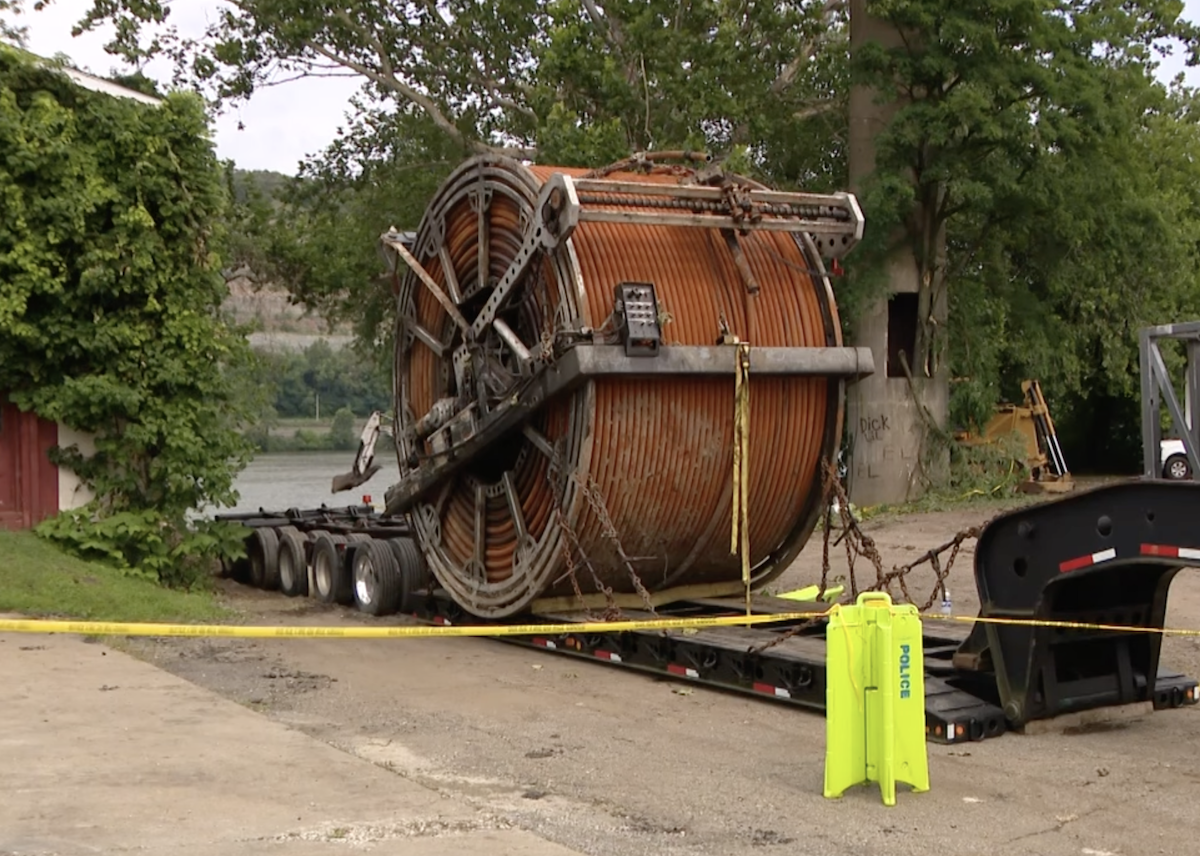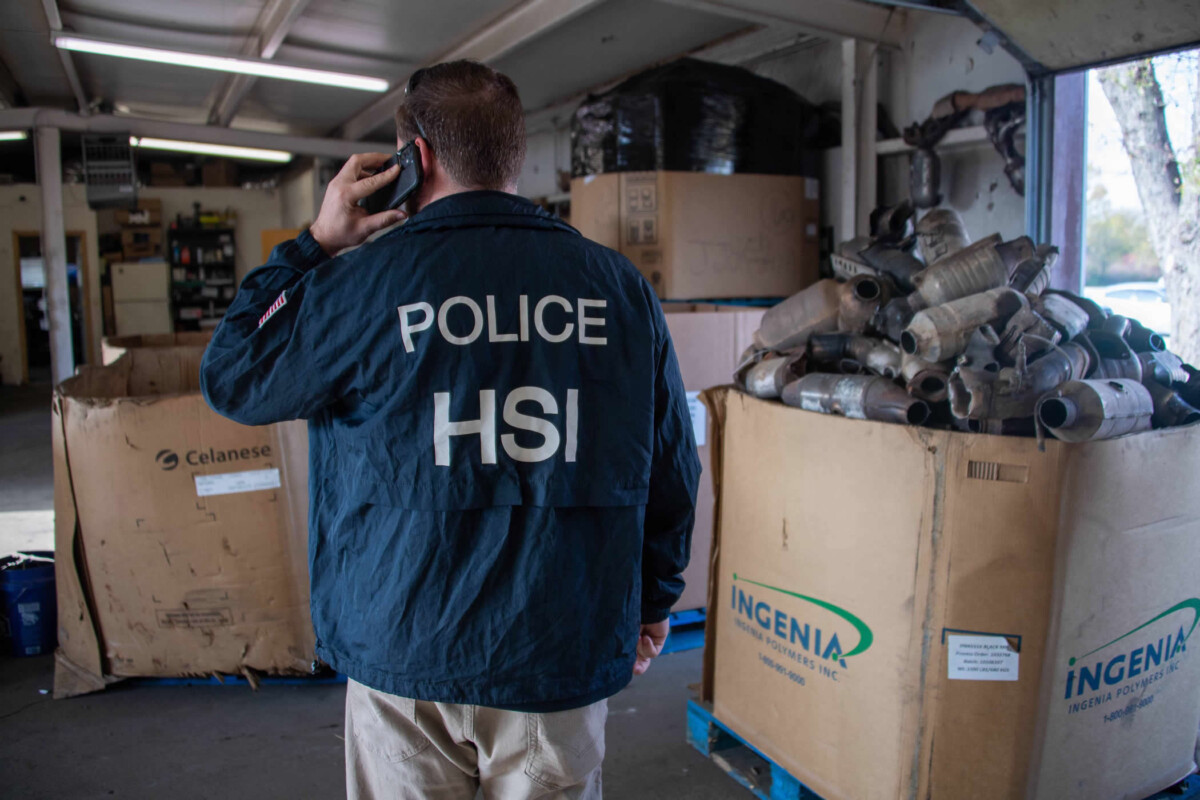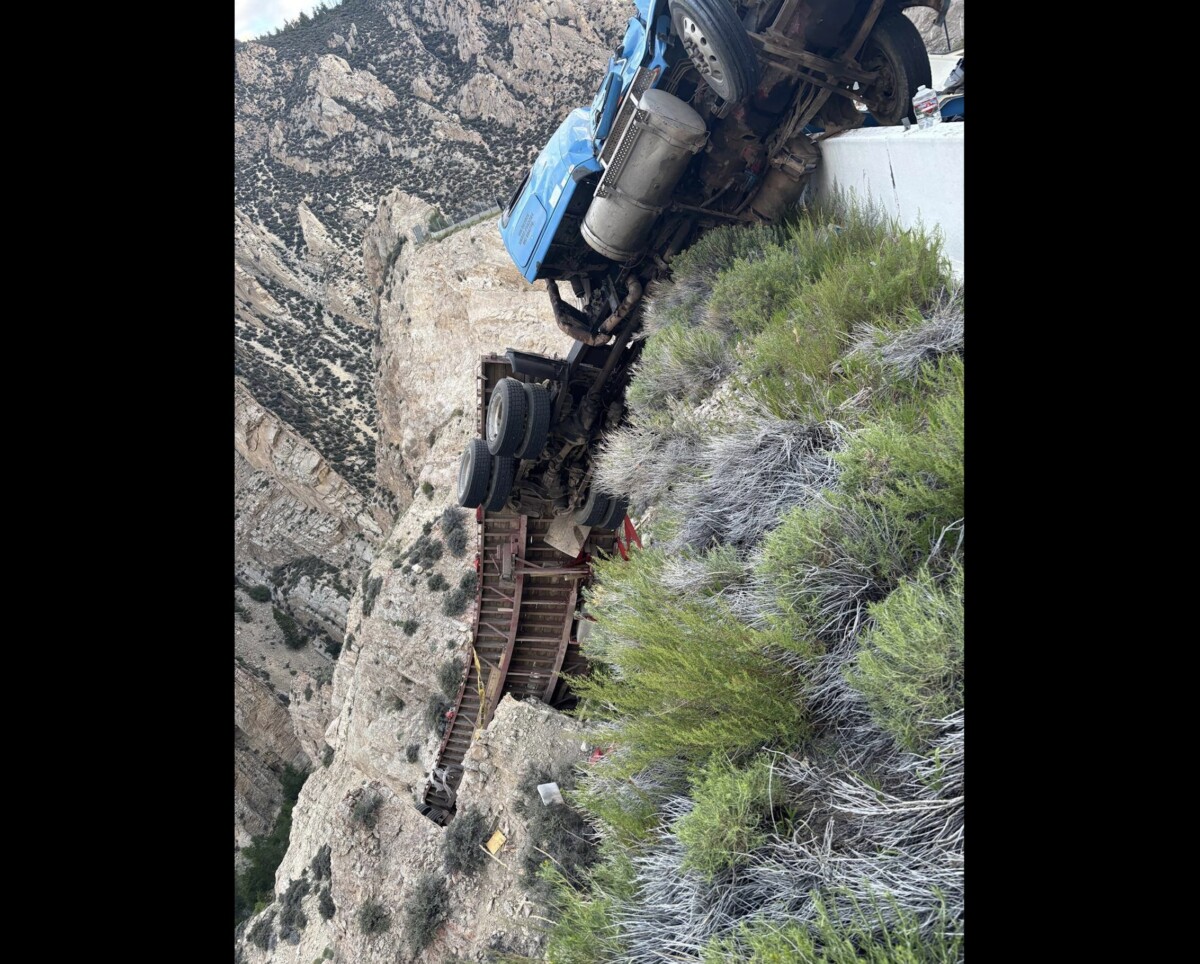The Golden Gate Bridge in San Francisco is among 34 vulnerable bridges identified as “critical and essential” transportation infrastructure. (Patcharapon Pattanakeitmanee/Getty Images)
The National Transportation Safety Board identified 68 bridges, including San Francisco’s Golden Gate Bridge, that cross over oceangoing vessels that may collapse in 19 states if struck by ships.
This finding was issued in a March 20 report by NTSB after it studied bridges that are at risk of collapsing from a vessel strike. This assessment was done within its ongoing investigation into last year’s Francis Scott Key Bridge collapse in Baltimore.
NTSB looked at bridges lacking “a current vulnerability assessment” — like the Francis Scott Key Bridge failed to have — because they were designed before criteria were established in 1991 by the American Association of State Highway and Transportation Officials.
The investigation determined “the Key Bridge, which collapsed after being struck by the containership Dali on March 26, 2024, was almost 30 times above the acceptable risk threshold for critical or essential bridges” based on AASHTO guidance.
Other Critical/Essential At-Rrisk Bridges
• Vincent R. Casciano (Newark Bay) Bridge in New Jersey
• George Washington Bridge in New York City
• Astoria-Megler Bridge over the Columbia River in Oregon
• Benjamin Franklin Bridge over the Delaware River in Pennsylvania
• Lewis and Clark Bridge in Washington state
• Veterans Memorial Bridge over the Neches River in Texas
• Leo Frigo Bridge on the north side of Green Bay, Wis.
The bridge owners mostly are state departments of transportation. Others are toll and turnpike organizations, port and bridge authorities and the U.S. Army Corps of Engineers.
NTSB urged 30 owners of 68 bridges across 19 states to conduct a vulnerability assessment. The bridges “have not undergone a vulnerability assessment based on recent vessel traffic, and, therefore, have an unknown level of risk of collapse from a vessel collision,” the safety agency noted.
“Today’s report does not suggest that the 68 bridges are certain to collapse. The NTSB is recommending that these 30 bridge owners evaluate whether the bridges are above the AASHTO acceptable level of risk. The NTSB recommended that bridge owners develop and implement a comprehensive risk reduction plan, if the calculations indicate a bridge has a risk level above the AASHTO threshold,” NTSB stated.
States With the Most At-Risk Bridges
• New York: 13
• Louisiana: 8
• California, Texas: 7
• Ohio: 6
• Massachusetts, Pennsylvania: 4
• Delaware, Maryland: 3
• Florida, New Jersey, Oregon: 2
• Georgia, Illinois, Michigan, New Hampshire, Rhode Island, Washington and Wisconsin were listed with 1 each.
The agency evaluated bridges that span over oceangoing vessels and are at risk of collapse due to a ship condition to identify 34 bridges as “critical and essential” transportation infrastructure. These include the iconic Gold Gate Bridge, Florida’s Sunshine Skyway Bridge over Tampa Bay, the Chicago Skyway Calumet River Bridge, the Greater New Orleans Bridge and Michigan’s Mackinac Bridge.
The New York City Department of Transportation has the oldest bridges at risk of collapse: the Brooklyn Bridge built in 1883, the Williamsburg Bridge constructed in 1903 and Manhattan Bridge raised in 1909.
Similarly, the New Hampshire Department of Transportation’s Memorial Bridge over the Piscataqua River in Portsmouth dates to 1921 and links U.S. Route 1 to Maine.
The Ohio Department of Transportation owns all of the state’s bridges on the NTSB list. The Ohio bridges, built from 1914 to 1990, include four over the Cuyahoga River, such as the critical Interstate 490 bridge in Cleveland.
Among the other oldest bridges are two built in 1935 in Massachusetts over the Cape Cod Canal that are owned by the U.S. Army Corps of Engineers.






